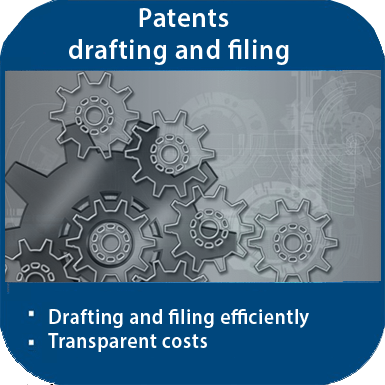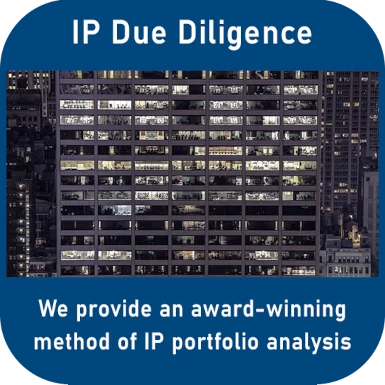EPO: Screening algorithm in a patent application

Have details of a screening algorithm to be set out in a software patent application?
Is it decisive whether claim 1 specifies which of the first or last pixels of a row/column (or both) is switched off when it comes to the result of a screening?
And is the invention sufficiently disclosed even if no precise details of the size, structure or distribution of the pixels are given, not even in the description or drawings?
These questions were clarified by decision Computer program for generating 1-BIT image data from multiple-BIT image data, T 1506/20 of the Board of Appeal of the European Patent Office (EPO).
The Examining Division took the view that the clarity requirement of Article 84 EPC was not met and that the requirement of sufficient disclosure under Article 83 EPC was also not met. The patent application did not contain any information on
I) how the points were distributed
II) how the size and structure of the points were derived
III) and how it was decided that a particular row or column should be set to "off" in order to obtain a reduced dot.
The patent applicant filed an appeal against this decision. It argued that the above information, which the examining division had missed, was not essential to the invention.
Clarity of the screening algorithm
In the decision on this case, the Board of Appeal found that the above mentioned details of the screening algorithm were not essential. According to the patent application, various known screening algorithms can be used.
The invention essentially works with the results of the screening, i.e. with the points output by the algorithm. The only limitation for the screening algorithm is that stated in claim 1, i.e. that the full size of each point is a block of M*N neighbouring pixels, where at least one of M and N is greater than one. How and under what conditions the points suggested by the raster algorithm are reduced in size is determined by the parameters recited in claim 1.
The examining division correctly noted that claim 1 does not specify which of the first or last pixels of a row/column (or both) is switched off.
But this indication is not essential, the Board of Appeal decided, since in all cases one or more pixels are switched off. This reduces the additional darkness in areas of high dot density, and that is the solution to the technical problem of this invention. The application does not promise a perfect solution that completely eliminates the additional darkness in areas of high dot density, the Board of Appeal explained. However, a technical solution was proposed which reduced the additional darkness.
Unlike the Examining Division, the Board of Appeal considered the clarity requirement of Article 84 EPC to be fulfilled.
Screening algorithm sufficiently disclosed?
The Board of Appeal also disagreed with the Examining Division's decision that the sufficiency of disclosure under Article 83 EPC was not fulfilled.
The Examining Division, the Board of Appeal explained, had essentially raised the same objections to the question of sufficiency of disclosure as it had to the question of clarity in the patent claim and had extended these to the description and drawings of the application. However, the Board of Appeal did not agree with the Examining Division on the clarity issue in relation to the objections.
Finally, the Examining Division's finding that the wording "all points are reduced points" was not directly and unambiguously derivable from the application as filed was examined. On this point, too, the Board of Appeal disagreed with the Examining Division's finding.
Reduced dots are obtained from full-sized dots by not marking the pixels of one or more whole rows of pixels and one or more whole columns of pixels, the Board of Appeal explained. The only exception is if the full-size point has only one row or one column (i.e. M or N equals one), in which case the width of the one row or column is not reduced - because no row/column would remain.
The points used should be as small as possible, according to the patent application. The "first threshold density" in turn is disclosed, inter alia, in claim 5 of the application as filed.
The Board of Appeal is therefore of the opinion that it follows directly and unambiguously from the above disclosure of the application as filed that for dot densities greater than a first threshold density, all dots may be reduced in size.
The Board of Appeal thus fully agreed with the appellant and set aside the decision of the Examining Division (EPO decision Computer program for generating 1-BIT image data from multiple-BIT image data, T 1506/20).
Remittal to the examining division
Since the Examining Division had considered the claimed invention to be unclear, it declared that no meaningful search could be carried out. The patentability (novelty and inventive step) had also not been examined by the Examining Division.
For these reasons, the Board of Appeal decided that: the case be remitted to the Examining Division for further decision (remittal under Article 111(1), second sentence, EPC).
Clarity and disclosure
Lack of clarity in a patent claim and insufficiency of disclosure are often common reasons for the rejection of a patent application, as in the EPO decision presented here.
This shows how important it is to draft a patent application that is strategically thought through and formulated with expertise.
We have many years of expertise in this area. Please contact us without any obligation, by +49 69 69 59 60-0 or send us an email info@kollner.eu.







